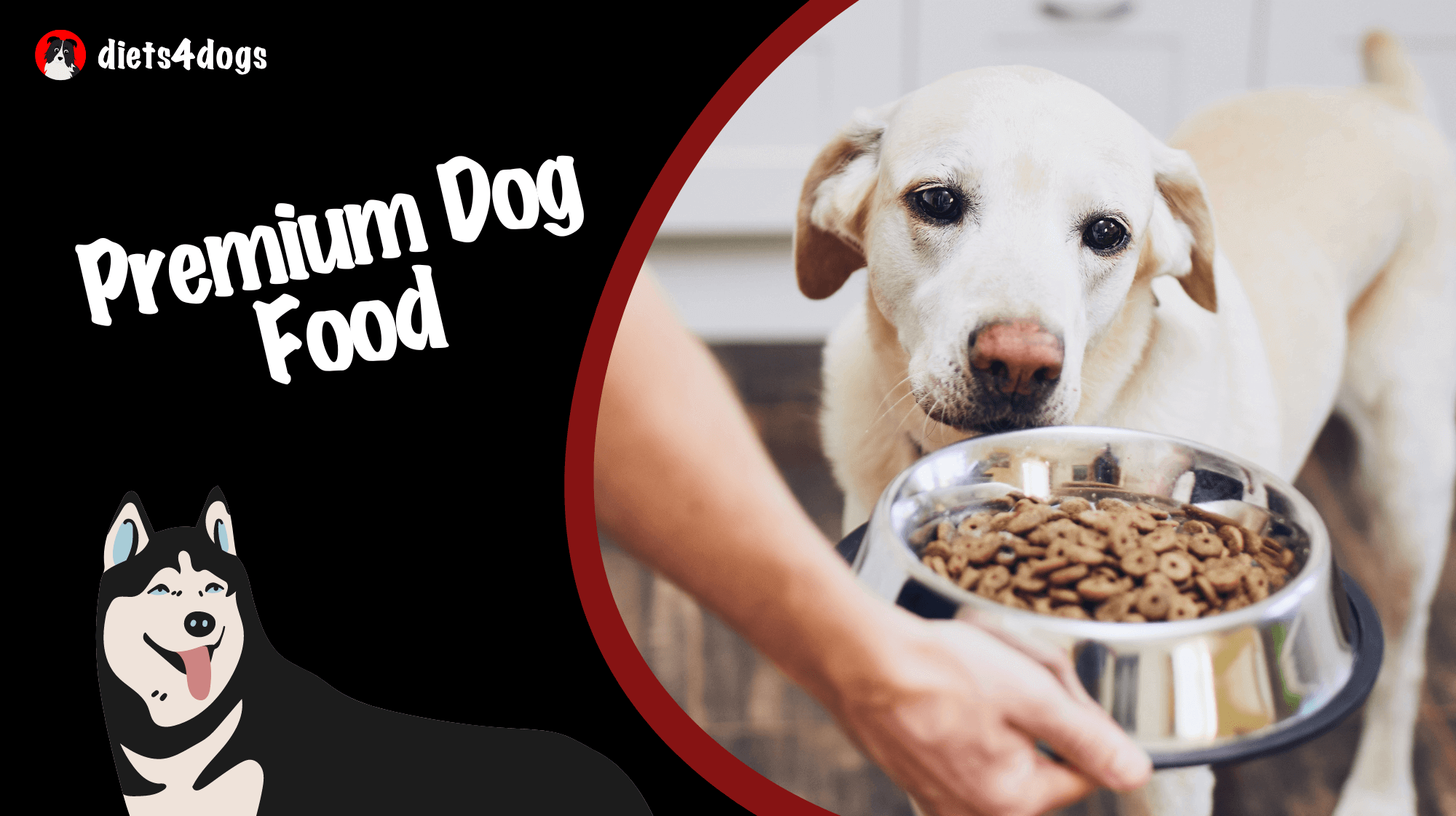Can Dogs Eat Strawberry Leaves
While strawberry leaves are generally not toxic to dogs, it is not advisable to feed them to your pet. These leaves contain small amounts of hydrogen cyanide, which may cause mild stomach discomfort or irritation. Instead, provide your dog with strawberries that have had their leaves and stems removed to ensure a safe and healthy treat.
Introduction to Strawberry Leaves and Dogs
As a pet owner, it’s important to be cautious about what you’re feeding your furry friend. When it comes to strawberries, many dog owners are curious about whether or not their canine companions can eat strawberry leaves. In this article, we will explore the safety aspects of feeding strawberry leaves to dogs and provide useful information to help you make informed decisions about your dog’s diet.
Strawberry Leaves: Nutritional Composition and Benefits
Strawberry leaves are a rich source of various nutrients, such as vitamins, minerals, and antioxidants. In particular, they contain vitamin C, calcium, and a small amount of fiber, which can contribute to your dog’s overall health. However, despite their nutritional value, it is essential to remember that not every seemingly healthy food is suitable or beneficial for dogs.
Risks and Precautions When Feeding Strawberry Leaves to Dogs
Hydrogen Cyanide Presence
One of the primary concerns with feeding dogs strawberry leaves is the presence of hydrogen cyanide. While the levels of this compound found in the leaves are quite low, ingestion may still lead to mild stomach discomfort and irritation in dogs. To prevent any adverse effects, always remove the leaves and stems from strawberries before offering them to your dog as a treat.
Possible Pesticides and Chemicals
If you do let your dog nibble on strawberry leaves from plants grown in your own garden or yard, be cautious of any pesticides or chemicals you might be using. Dogs can come into contact with these hazardous substances when eating leaves, potentially resulting in poisoning or other health issues. When feeding strawberries to your dog, it’s always best to choose organically grown options and wash the fruit thoroughly to minimize any such risks.
Strawberries: A Safe and Healthy Treat for Dogs
While strawberry leaves may not be the best option for dogs, the fruit itself is a delicious and healthy treat that most dogs are sure to enjoy. Strawberries are low in calories, high in fiber, and packed with essential vitamins, making them an excellent addition to your dog’s diet. However, moderation is key when feeding any fruit to your canine friend. A few pieces of strawberries as an occasional treat are more than enough to satisfy your dog’s taste buds and add a bit of variety to their diet.
Incorporating Strawberries into Your Dog’s Diet
When you decide to treat your dog with strawberries, ensure you remove the leaves and stems and serve the fruit in bite-sized pieces. This will minimize any choking hazard and make it easier for your dog to consume. To further enhance the flavor, you can try adding strawberries to your dog’s food, blending them with other fruits to make a tasty and nutritious smoothie, or even freezing them to make cool, refreshing treats during hot summer days.
Alternative Treats for Dogs
Besides strawberries, there are plenty of other dog-friendly fruits and vegetables that your pet can enjoy. Banana, apple, blueberries, watermelon, and green beans are all safe options for dogs, and each comes with its unique set of health benefits. Always remember to check which parts of fruit or vegetables are safe for dogs, remove any seeds or pits, and feed these treats in moderation.
Conclusion: Making the Best Decision for Your Dog’s Health
Ultimately, while strawberry leaves are not considered toxic to dogs, it is best to avoid feeding them due to potential risks like hydrogen cyanide presence and possible exposure to pesticides. Stick to offering your dog delicious, healthy treats like the strawberry fruit itself or exploring other dog-friendly options. Remember to feed them in moderation and always consult with your veterinarian if you have any concerns about a particular dog food or treat.
Signs of Hydrogen Cyanide Poisoning in Dogs
Although hydrogen cyanide levels in strawberry leaves are low, it is essential to be aware of the signs of cyanide poisoning in dogs, particularly if you have reason to suspect they may have ingested such leaves excessively. Symptoms to watch out for include:
- Difficulty breathing
- Weakness
- Dilated pupils
- Drooling
- Vomiting or nausea
- Seizures
If you suspect your dog is experiencing cyanide poisoning from consuming strawberry leaves or any other source, immediately contact your veterinarian or a pet poison helpline for advice.
Talking to Your Vet
When in doubt about the safety of a particular food item for your dog, it is crucial to consult your veterinarian. They will have an in-depth understanding of your dog’s unique dietary needs and can offer professional advice regarding their diet. If your dog experiences stomach issues or an allergic reaction to strawberries or another fruit, seek veterinary assistance for a proper diagnosis and treatment plan.
Choosing the Right Dog Food
While providing your dog with healthy treats like strawberries is an excellent way to add variety to their diet, it’s still essential to offer nutritionally balanced dog food as their primary nourishment source. Ensure the dog food you choose meets your pet’s dietary requirements and consider factors such as their breed, size, age, and activity level. Consulting your veterinarian can be helpful in determining the ideal type and amount of dog food for your pet.
Dogs and Other Berry Leaves
Given the concerns around feeding strawberry leaves to dogs, you may be wondering if leaves of other berry plants are safe for your canine friend. Some berry leaves, like blueberries or raspberries, are not toxic to dogs, but they still may not be ideal for consumption due to potential pesticides and difficulty digesting fibrous plant materials. Always prioritize feeding your dog the fruit rather than the leaves, as the former is typically more palatable, digestible, and beneficial for their health.
FAQ: Can Dogs Eat Strawberry Leaves and Other Related Questions
As a responsible dog owner, it’s essential to have a clear understanding of the foods you can safely offer your pet. Below, we have compiled a list of frequently asked questions related to strawberry leaves and alternative treats for dogs. This FAQ section will help guide you in keeping your canine companion’s diet safe and nutritious.
1. Can dogs eat strawberry leaves?
Strawberry leaves are not considered toxic to dogs, but they contain small amounts of hydrogen cyanide, which may cause mild stomach discomfort or irritation. It is better to avoid feeding strawberry leaves to your dog and offer the fruit without leaves and stems instead.
2. Are strawberry leaves poisonous to dogs?
Strawberry leaves are not poisonous to dogs in small quantities, but they can cause gastrointestinal discomfort due to the presence of hydrogen cyanide. To avoid causing discomfort to your dog, remove the leaves and stems before offering strawberries as a treat.
3. What fruits are safe for dogs to eat?
Some dog-friendly fruits include bananas, apples (without seeds), blueberries, and watermelon (seedless and without rind). Remember to offer these fruits in moderation and occasionally to avoid an upset stomach or excessive sugar intake.
4. Can dogs eat strawberry stems?
It is advised to remove the stems before offering strawberries to your dog. The stems, like the leaves, may contain traces of hydrogen cyanide and can also pose a choking hazard for smaller dogs.
5. How should strawberries be prepared for dogs?
To safely serve strawberries to your dog, remove the stem and leaves, wash the fruit thoroughly to eliminate any pesticides, and cut the strawberries into bite-sized pieces appropriate for your dog’s size.
6. How many strawberries can I give my dog?
When offering strawberries as a treat, moderation is key. A couple of bite-sized pieces should be sufficient for your dog, depending on their size. Keep in mind that treats and human food should only make up 10% of your dog’s daily calorie intake.
7. Can dogs eat other berry leaves?
Dogs should generally avoid consuming other berry leaves as well, such as blueberries and raspberries. While not necessarily toxic, these leaves may not be easily digestible and may contain pesticides if not organically grown.
8. What other vegetables can I give my dog?
Some dog-friendly vegetables include carrots, green beans, cucumbers, and bell peppers. Always check which parts of the vegetables are safe for your dog to consume and offer them in moderation.
9. What should I do if my dog has eaten strawberry leaves?
If your dog has eaten just a small amount of strawberry leaves, monitor them closely for any signs of discomfort. If your dog shows symptoms such as vomiting, diarrhea, or distress, it’s best to contact your veterinarian for advice. In case of excessive intake or suspected cyanide poisoning, seek immediate veterinary attention.
10. Can puppies eat strawberries?
Yes, puppies can eat strawberries in moderation as long as the fruit is prepared correctly, free from leaves and stems, and offered in bite-sized pieces. However, always consult your veterinarian before introducing new treats to your puppy’s diet.












